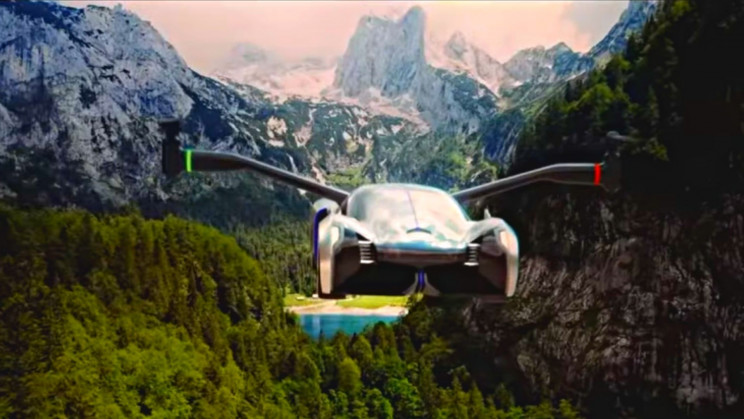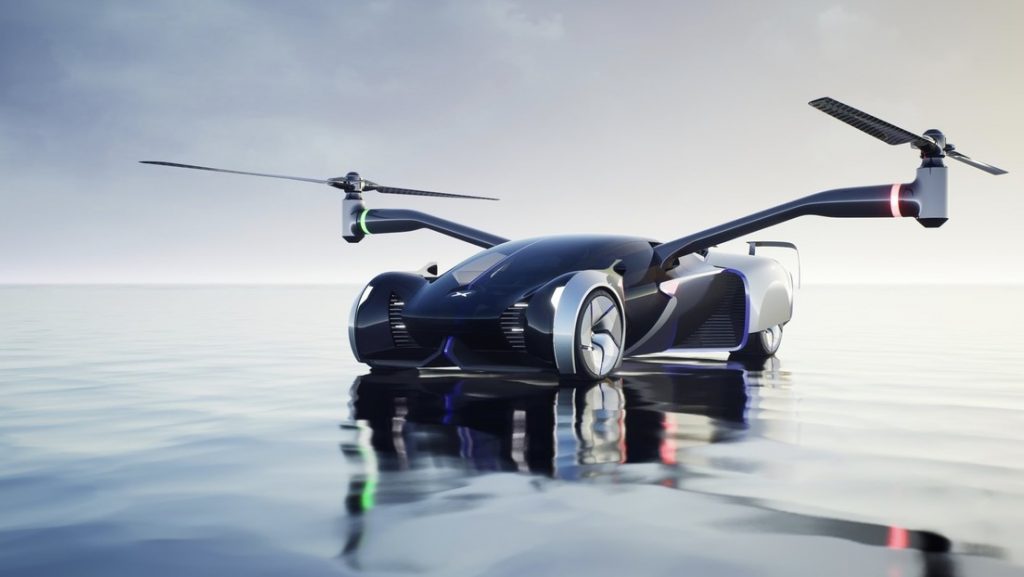It isn’t easy to comprehend that China hasn’t made advancements in vertical take-off and landing (VTOL) vehicles. However, a recently published video reveals how one automaker approaches the problem: designing a car that can both fly and drive.
HT Aero, a subsidiary of Xpeng, an electric vehicle (EV) firm, developed the video. HT Aero has been developing VTOLs for a long time and has some impressive prototypes to offer. The Traveler X2, a two-seater VTOL with some aeroplane controls but exquisite interiors and a digital interface, deserves special mention.
The EV manufacturer intends to produce the “safest smart electric flying car” under He Xiaopeng’s supervision, which will ease urban traffic chaos, serve as emergency rescue and police patrol cars, and help the tourism industry. This is the concept for a flying car that was unveiled during Tech Day this year.
Unlike prior VTOL designs, the flying automobile bears little resemblance to the prototype. Apart from the video’s computer-generated imagery (CGI), it appears that very little research was conducted on this issue.

The rotor assembly, hidden beneath the gull-wing doors, is the most eye-catching element. This is certainly easier to accomplish in computer graphics than on the shop floor. As a result, it came as no surprise when HT Aero stated that the final design might alter from what was seen in the video.
There are also concerns about how a battery pack will provide the necessary lift for a vehicle carrying two modes of mobility and the length of the flight. When CNBC states that the vehicle would be lightweight, it’s safe to assume that it won’t be the swanky-looking vehicle shown in the video. Moreover, the safety features will be sacrificed significantly when the vehicle is driven on the road. The vehicle will, however, be outfitted with the pinnacle of flying safety: a parachute.

The story will be updated as new information becomes available.


